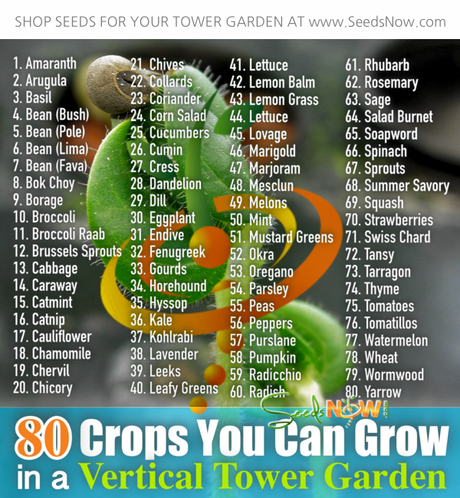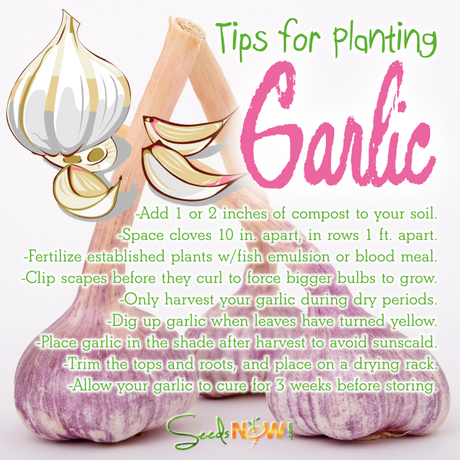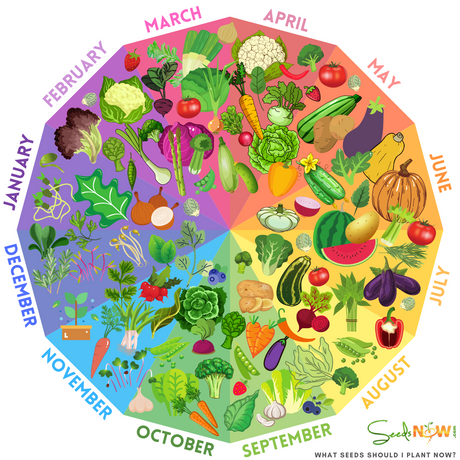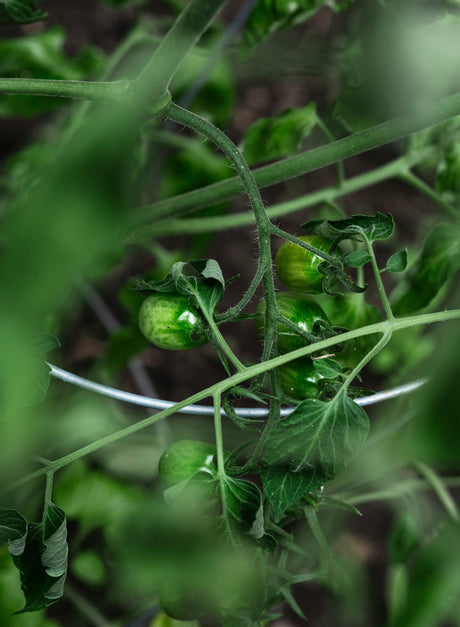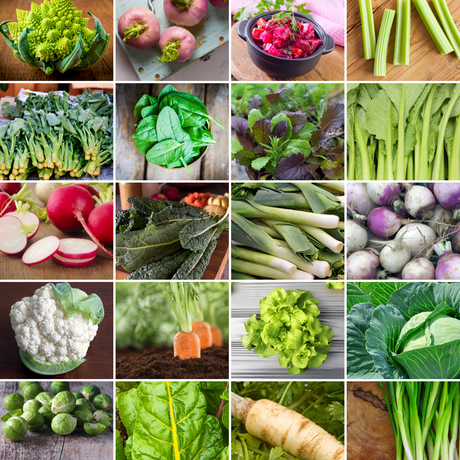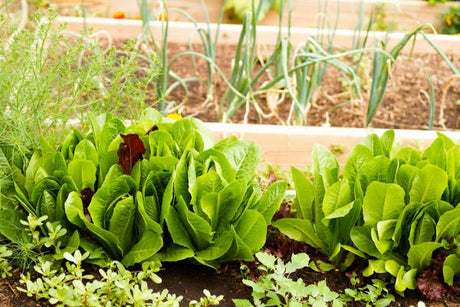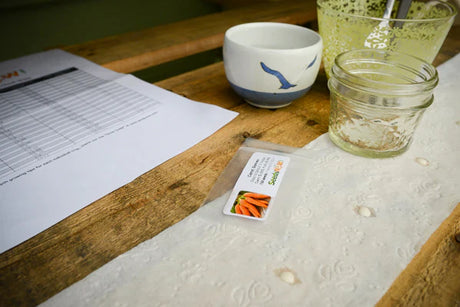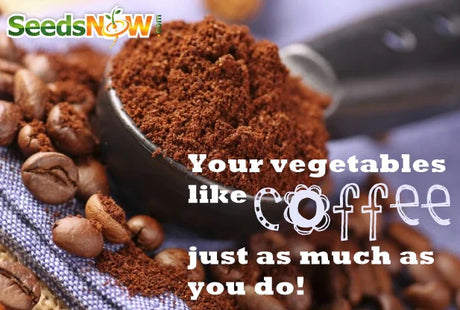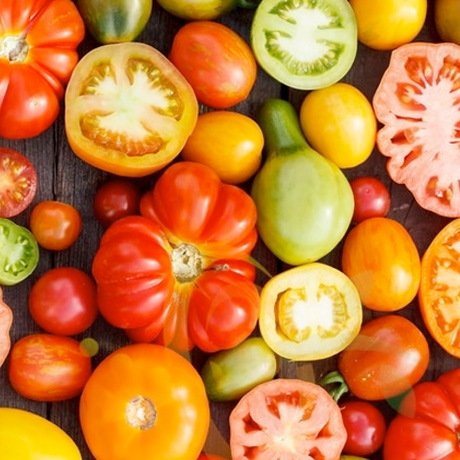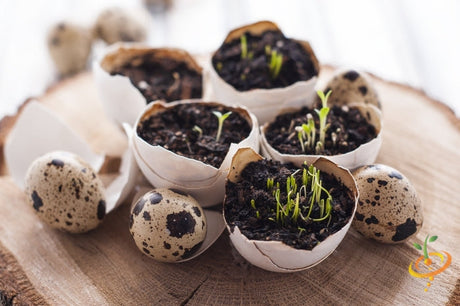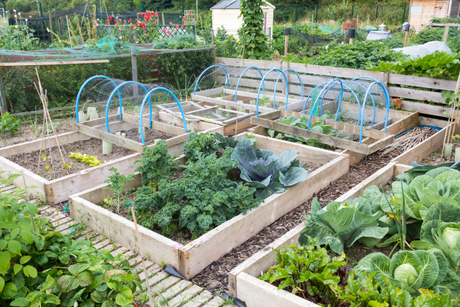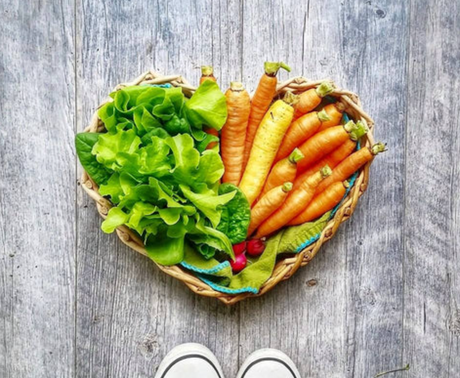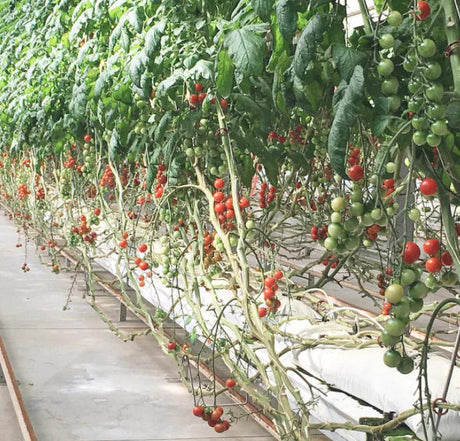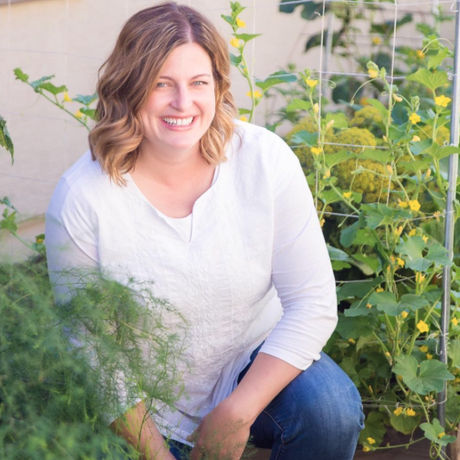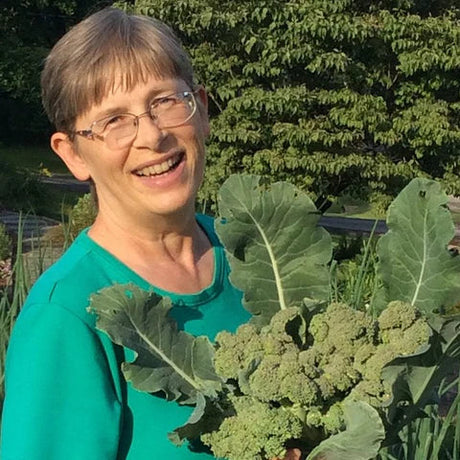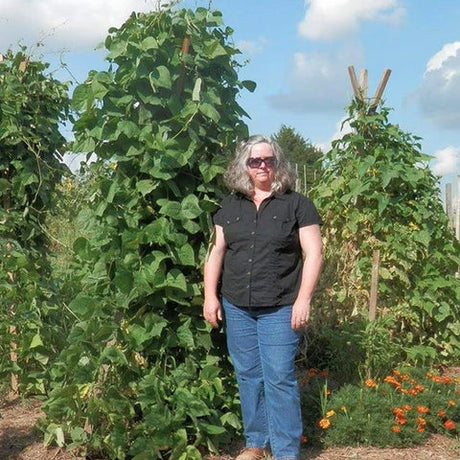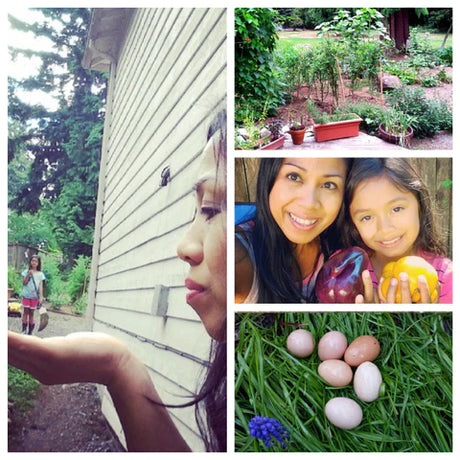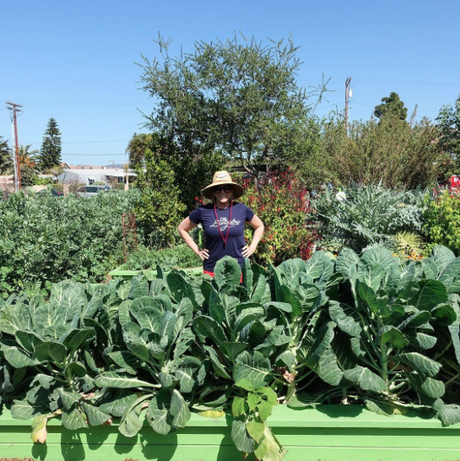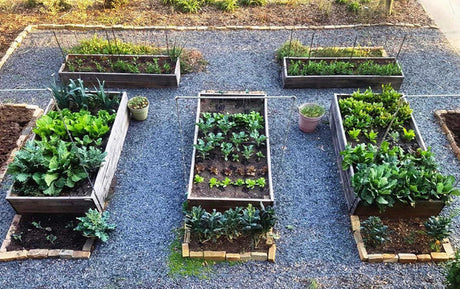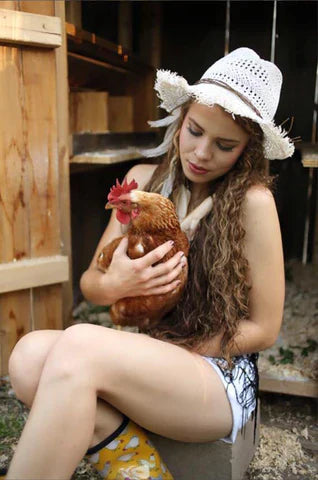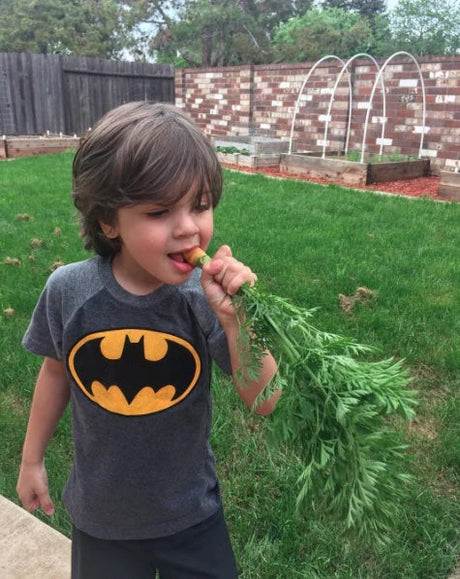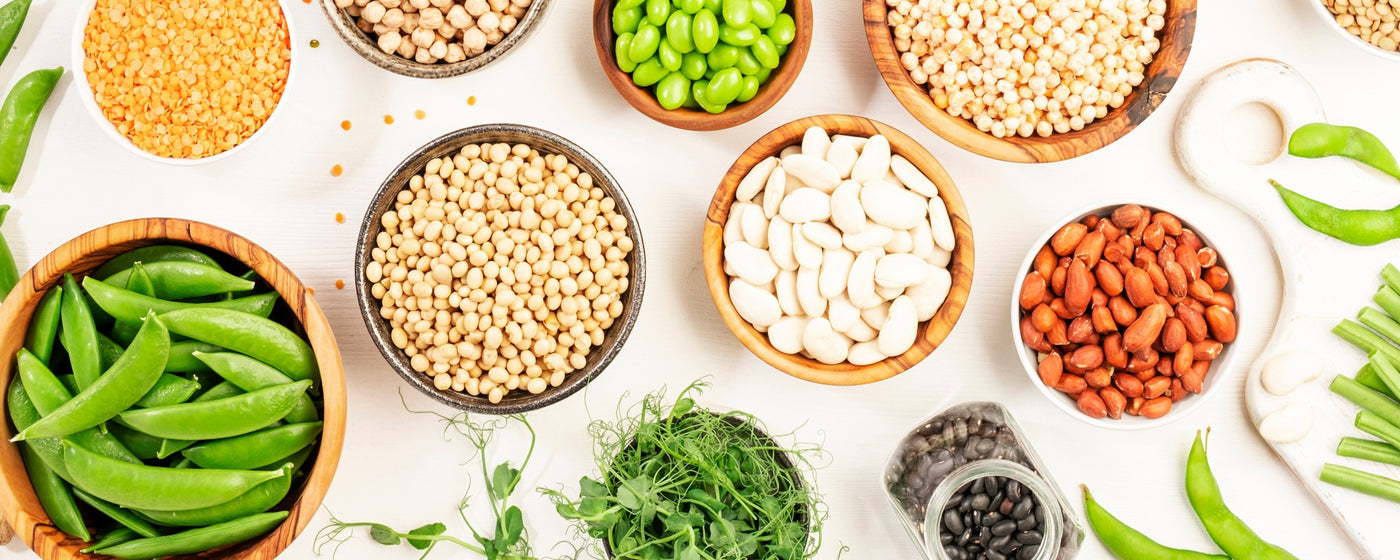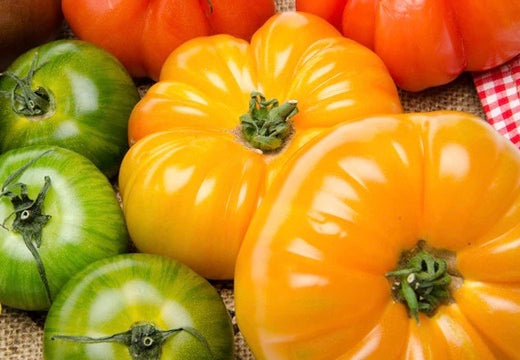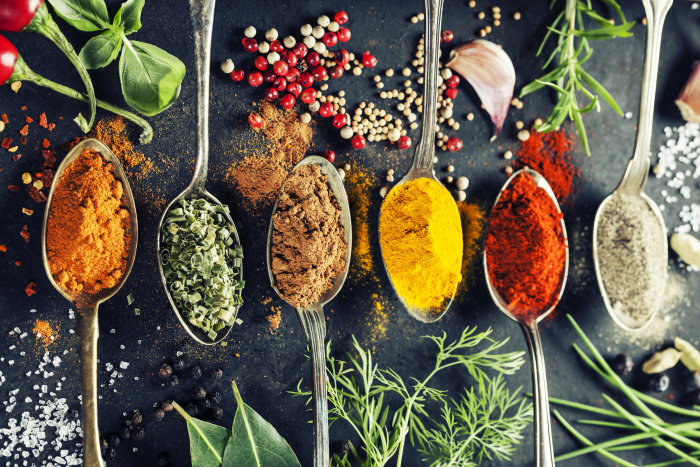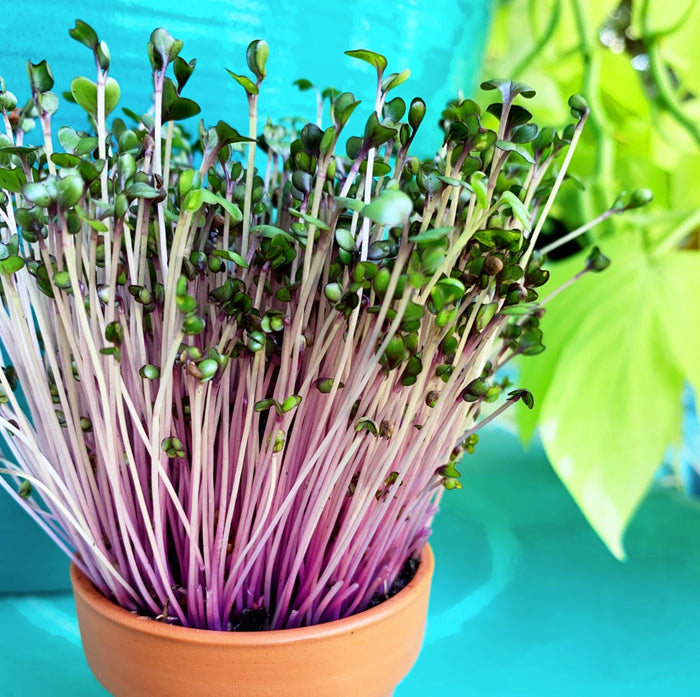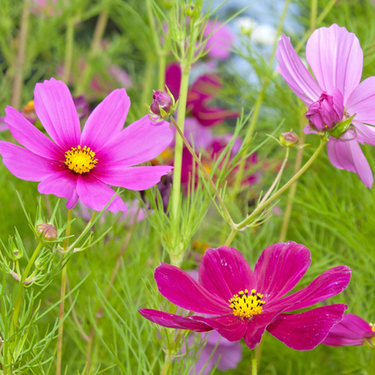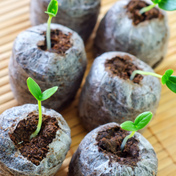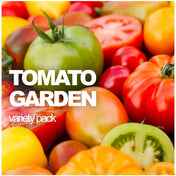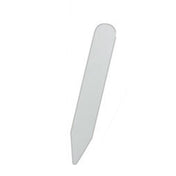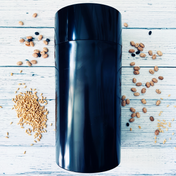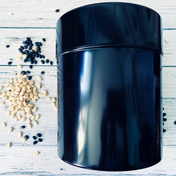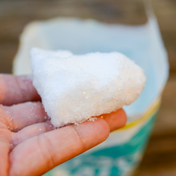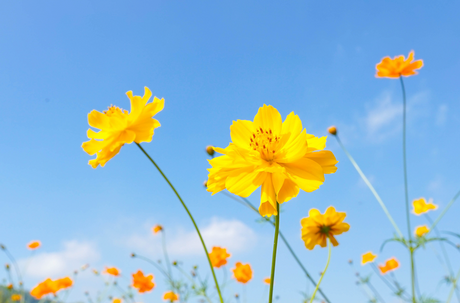| Shop All Carrots |

SEED PLANTING TIPS
- Botanical name: Daucus carota
- Carrot size: 6"-7" long
- Depth to plant seeds: .25" deep
- Spacing between plants: 2"-4" apart
- Spacing between rows: 12"-18" apart
- Days to germinate (sprout): 7-21 days
- Germination soil temps: 65F-85F
- Soil needs: 6.0-6.8 pH
- Sun needs: Full sun
- Hardiness: Half-hardy to frost and light freezes
- Planting season: Winter, spring, summer, fall
- # of plants per sq. ft.: Appx. 16 plants per sq. ft.
- Avg. Days to maturity: 75-80 days

Good companion plants: Broccoli, Cauliflower, Chives, Lettuce, Onion, Parsley, Peas, Rosemary, Sage, Thyme, Tomato
Carrots like loose, rich soil. Try growing them this spring in an area that previously grew potatoes or something that has caused the soil to be worked up a little bit. The looser the soil, the bigger variety you can grow.
Carrots are an annual cool-season crop, half-hardy to frost and light freezes. They develop quite normally under a variety of temperature conditions, except very warm temperatures. It is often said that frost, or cold weather will make them even sweeter.
Sow seeds evenly in a very shallow furrow, about 1/4 inch deep, and keep seeds moist so they will germinate.Space rows about 12" apart and when the first leaves emerge, thin to 1" apart; when true leaves emerge, thin to 3" apart.
| Cultivation & History (source) |
|
About Carrots The seedlings must have steady moisture to develop well, with less moisture as the roots mature. Too much moisture at the end of maturing will cause the roots to crack. To prevent greening the shoulders, hill up dirt around the greens. |

